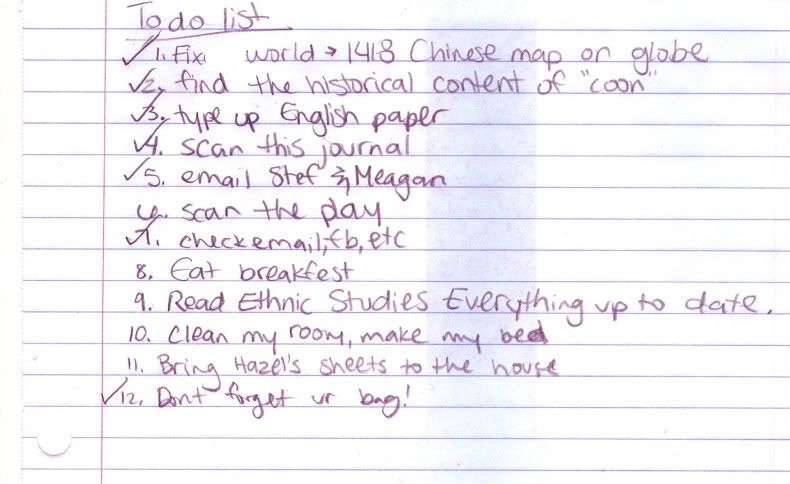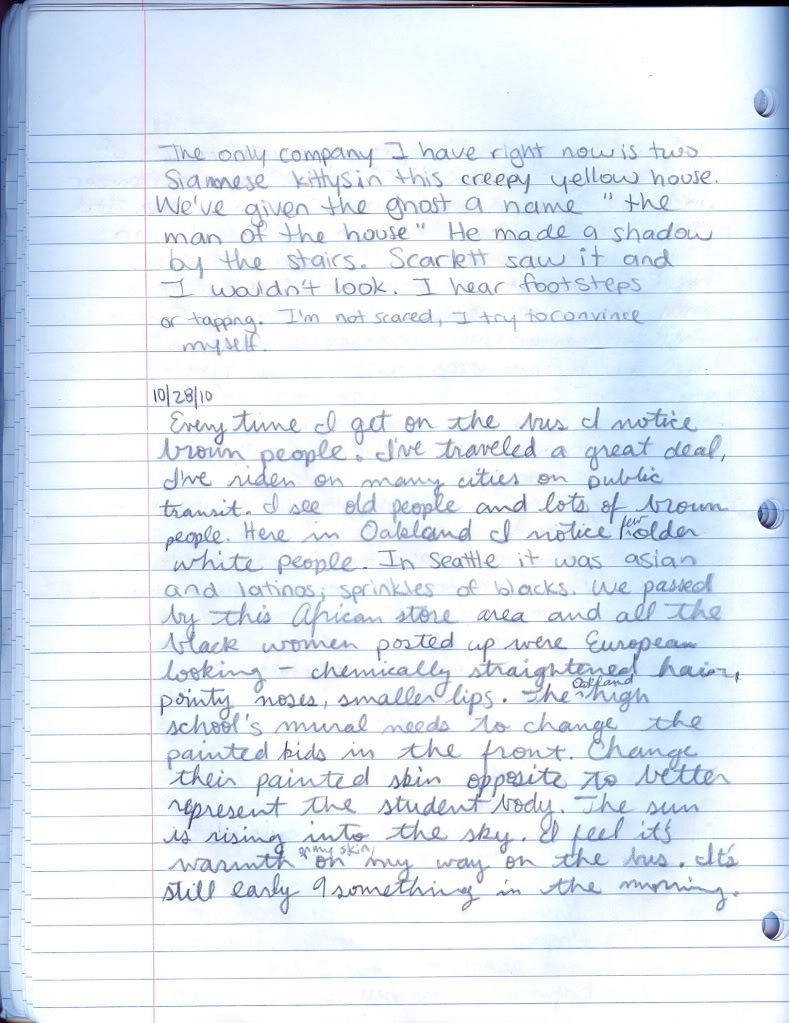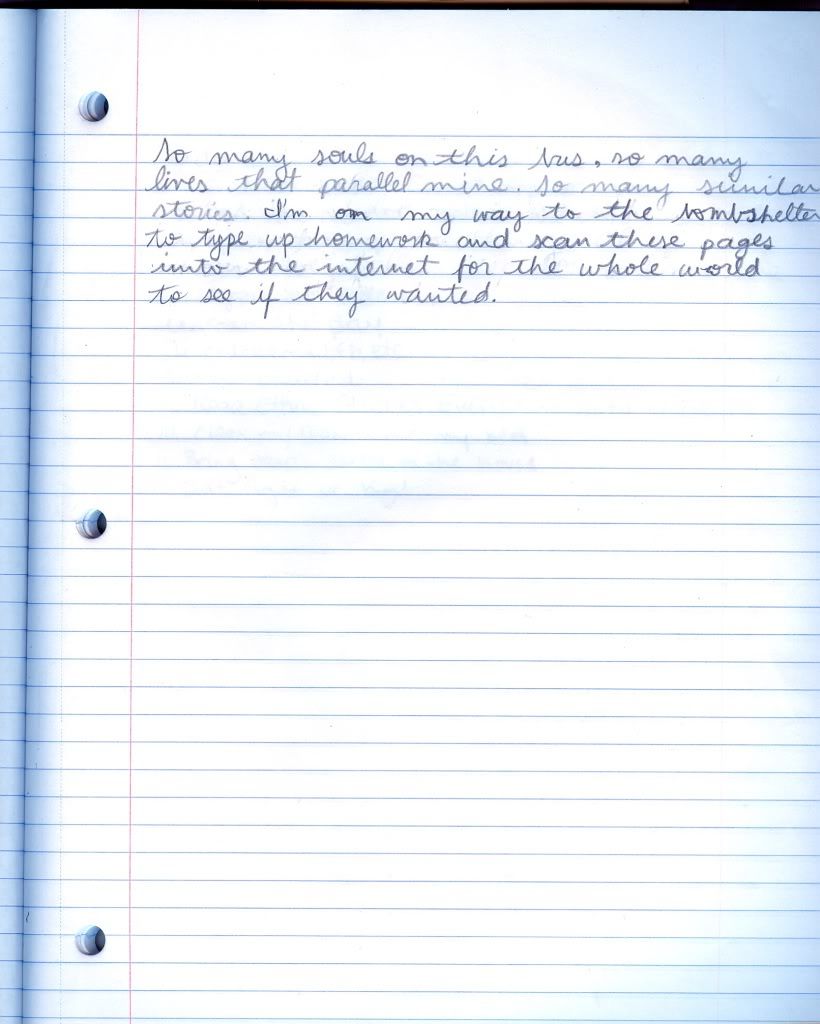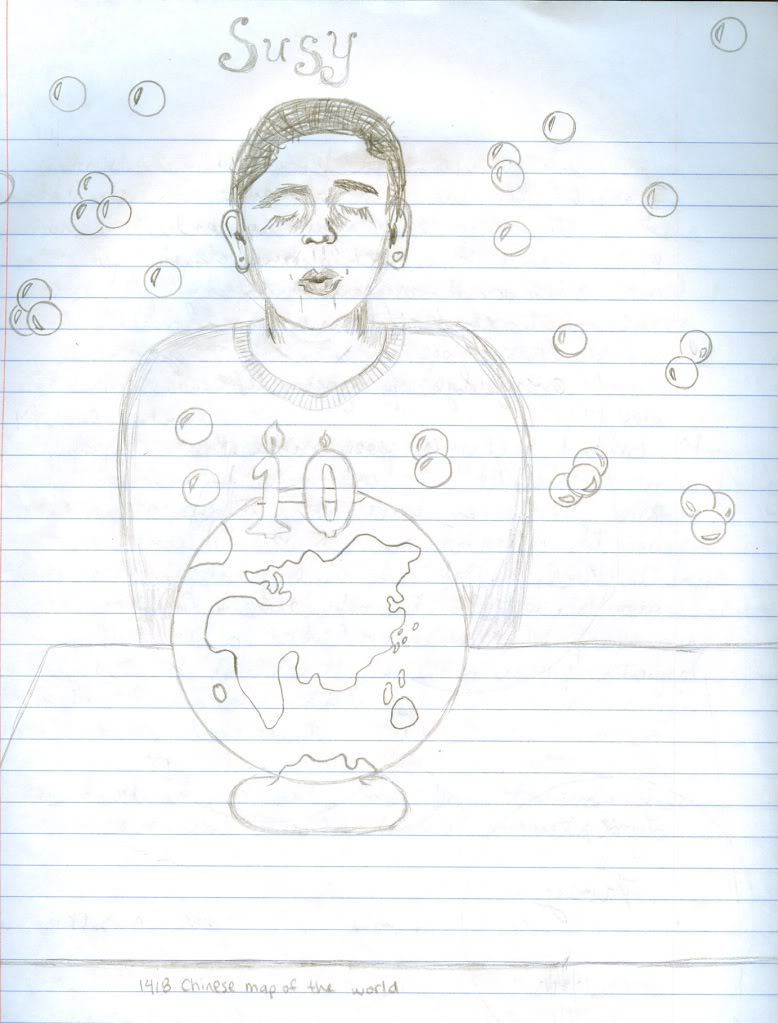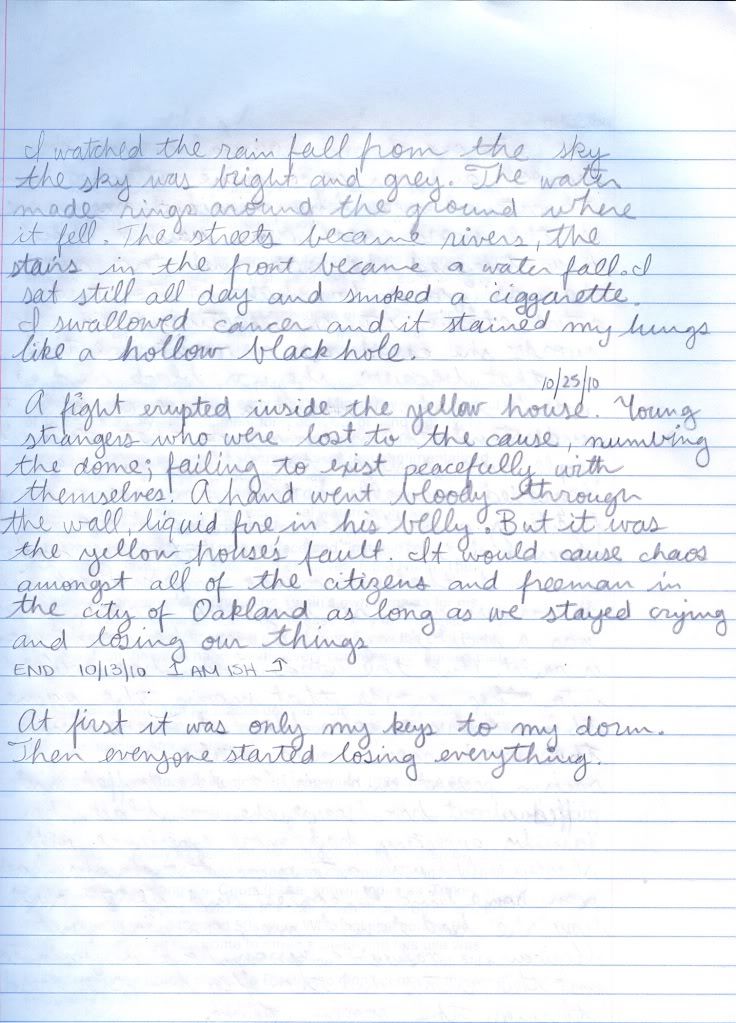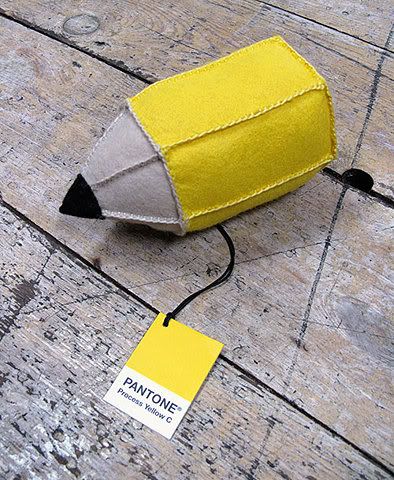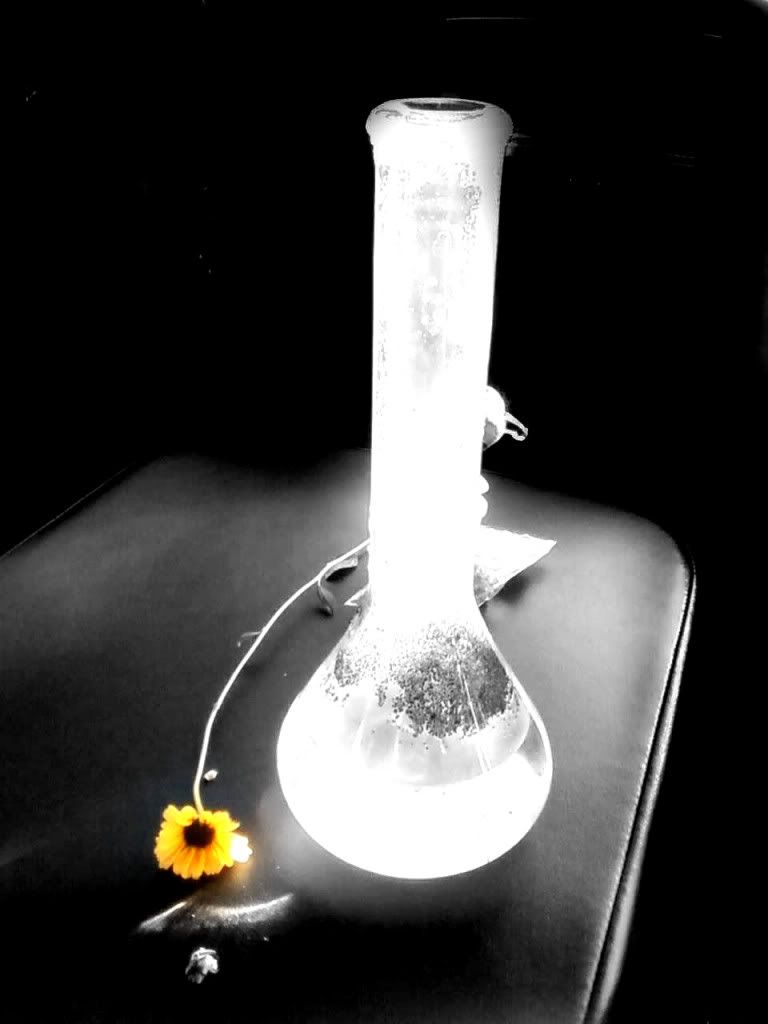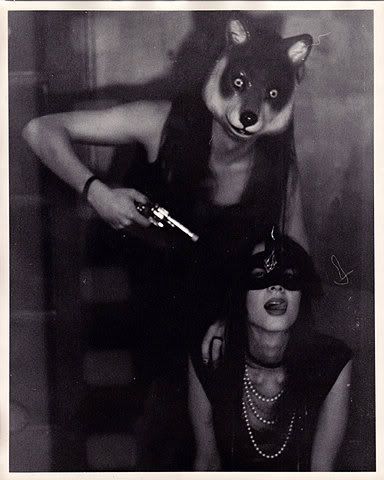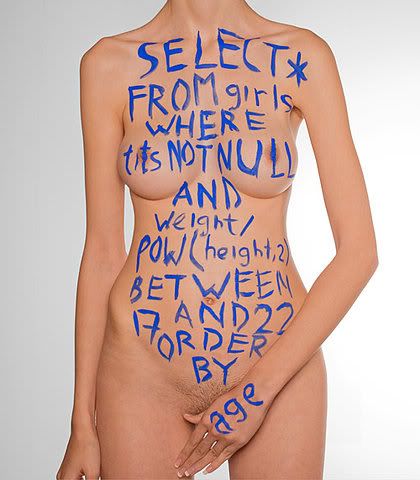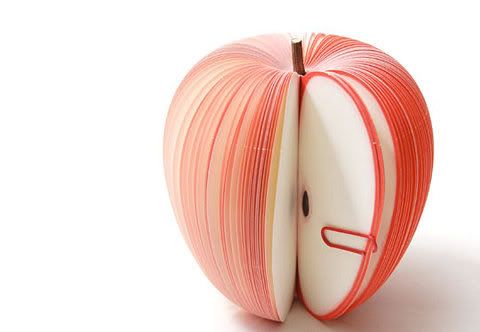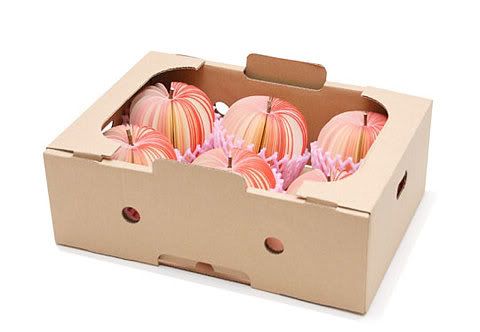Tomboy from Barb Taylor on Vimeo.
Thursday, October 28, 2010
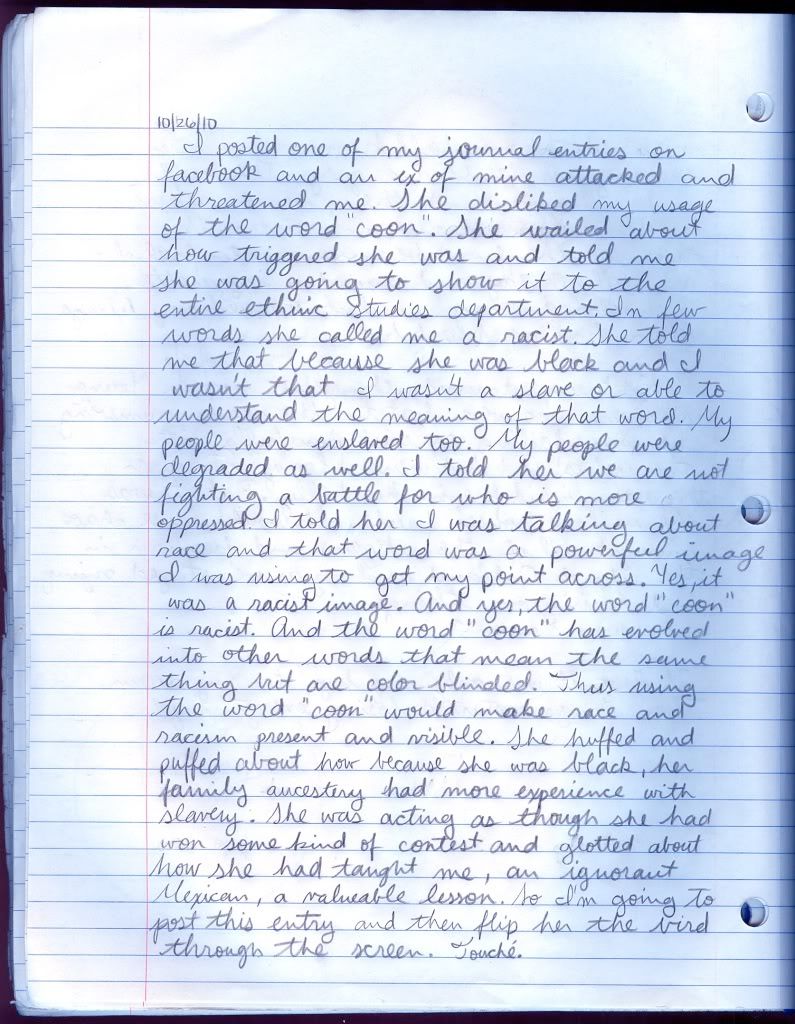
Here is the historical content of the word "coon"
From the early minstrels. Around 1890, there began a spate of 'coon' songs where the people in question were black, later these shows became the black and white minstrel shows.
The American musical has one shameful chapter in its history minstrel shows. The most popular musical stage shows of the early and mid 19th Century, minstrelsy embodied racial hatred. Both white and black performers donned blackface, and audiences of all colors loved it. Hateful as their content was, minstrel shows were the first form of musical theatre that was 100% American-born and bred.
Minstrel shows developed in the 1840?s, peaked after the Civil War and remained popular into the early 1900s. Minstrelsy was a product of its time, the only entertainment form born out of blind bigotry. In these shows, white men blackened their faces with burnt cork to lampoon Negroes, performing songs and skits that sentimentalized the nightmare of slave life on Southern plantations. Blacks were shown as naive buffoons who sang and danced the days away, gobbling "chitlins," stealing the occasional watermelon, and expressing their inexplicable love for "ol' massuh." In the minstrel show white entertainers put on blackface and "imitated" or "caricatured" slaves in the South and ex-slaves in the North. The distinction is crucial. During Mark Twain's time most white commentary on minstrelsy (including Twain's own remarks for his autobiography) assume its accuracy, its essentially faithful imitation of African-American speech, singing and dancing. Since the Civil Rights Movement, on the other hand, nearly every commentator agrees that the minstrel show "coon" is a racist caricature.
“This old Southern term for blacks derives from the last syllable of the Portuguese 'barracoes' (o has a nasal n sound), the name of buildings that once housed African slaves.”
Panati's Browsers Book of Beginnings, copyright 1984, page 65.
Extract from 'I Hear America Talking' by Stuart Berg Flexner:
" 'Coon was originally a short form for raccoon in 1741... then by 1832 meant a frontier rustic (a white person from the country), and by 1840 a Whig. The 1834 song 'Zip Coon' (better known today as 'Turkey in the Straw') didn't refer specifically to either a White or a Black and the 'coon songs' of the 1840s and 50s were Whig political songs. By 1862, however, coon had come to mean a Black and this use was made very common by the popular 1896 song 'All Coons Look Alike to Me,' written by Ernest Hogan, a Black who didn't consider the word derogatory at the time."
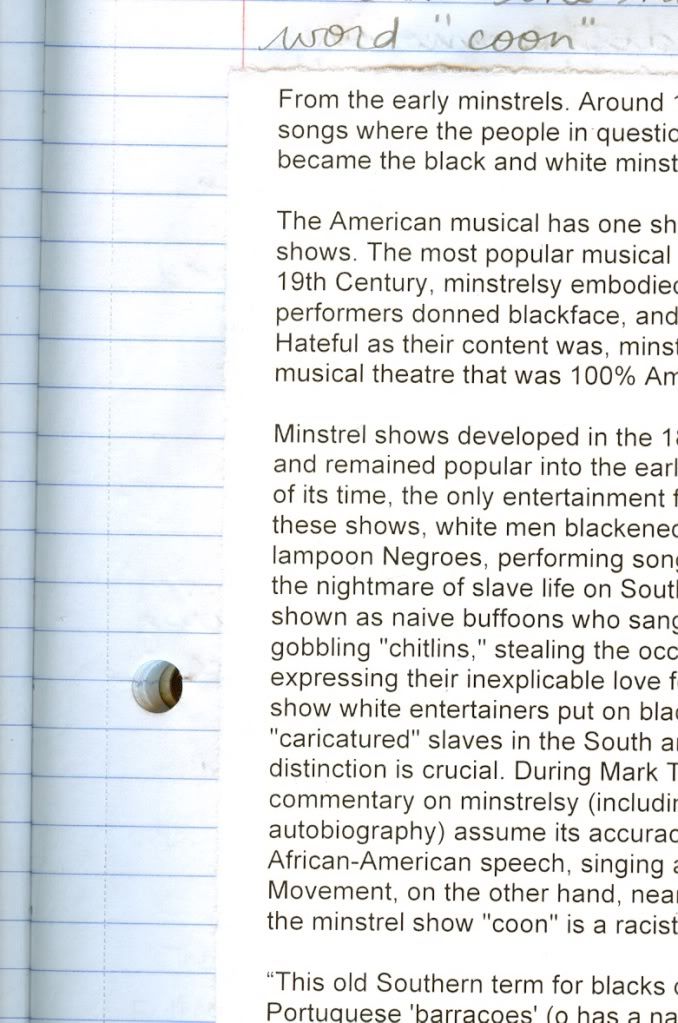
Saturday, October 23, 2010
The post that got me into drama
my bus ride on 10/21/10by Rose Angélica Arellano Ramos on Friday, October 22, 2010 at 9:21pm
outside of Mills I see a gas station, this is where I wait for the bus 57 to take me back to the yellow house. I sat there waiting impatiently (of course). a blunt wrapper, taco bell wrappers, a taco bell size small cup, an old gum package, a small empty bottle of jack daniels, brown leaves. It is officially fall in Oakland, CA.
when I ride the bus I think about race. this one time I rode the bus with a coon. It was a black stereotyped caricature made flesh. he stunk up the entire back seat of the bus. a black baggy t-shirt, baggy pants, dreads, cap and one big fat lip hung over like a seperate being. In his hand, he clutched a swisher sweet filled with pot. Self-medicating himself; he was a man in a coma. I wonder if he knew he embodied and played out the role made for him by the current elite. The entire time his head bobbed up and down as we went over potholes and up hills. His eyez down at the ground; glazed over. Life was hopeless and yes, he was a slave still. And so was I. We shared the same bus once and I never saw him again.
Today on the bus we are sardines. We passed by a middle school; beautiful little black girls with chemically straightened hair, probably not even teenagers yet. They laughed with each other, forgetting the burn on their scalps. And I wondered if they'd ever know that they embodied and played out the roles made for them by the current elite. I thought about good hair and white America. I thought about race as the people filled up the bus and all spilled out onto various streets. We passed the high school and it was the same girls laughing.
Next to me a woman was working towards a career in the jail system. She could see how fucked up the system is.
And then my stop comes and I walked home to the yellow house.
outside of Mills I see a gas station, this is where I wait for the bus 57 to take me back to the yellow house. I sat there waiting impatiently (of course). a blunt wrapper, taco bell wrappers, a taco bell size small cup, an old gum package, a small empty bottle of jack daniels, brown leaves. It is officially fall in Oakland, CA.
when I ride the bus I think about race. this one time I rode the bus with a coon. It was a black stereotyped caricature made flesh. he stunk up the entire back seat of the bus. a black baggy t-shirt, baggy pants, dreads, cap and one big fat lip hung over like a seperate being. In his hand, he clutched a swisher sweet filled with pot. Self-medicating himself; he was a man in a coma. I wonder if he knew he embodied and played out the role made for him by the current elite. The entire time his head bobbed up and down as we went over potholes and up hills. His eyez down at the ground; glazed over. Life was hopeless and yes, he was a slave still. And so was I. We shared the same bus once and I never saw him again.
Today on the bus we are sardines. We passed by a middle school; beautiful little black girls with chemically straightened hair, probably not even teenagers yet. They laughed with each other, forgetting the burn on their scalps. And I wondered if they'd ever know that they embodied and played out the roles made for them by the current elite. I thought about good hair and white America. I thought about race as the people filled up the bus and all spilled out onto various streets. We passed the high school and it was the same girls laughing.
Next to me a woman was working towards a career in the jail system. She could see how fucked up the system is.
And then my stop comes and I walked home to the yellow house.
Thursday, October 21, 2010
The blueness of my hair means more than you know
The yellow house is still incredibly sad. So I mourn without any sleep at night. There isn't enough day time. I have hair bleach in my hair; itching my scalp like little fire ants. I wash it out an hour later and it is the sun; orange and yellow, not quite blonde (oh! I thought to myself; I could pull this look off too.) Then I applied the blue dye to my hair. Waited and rinsed it out.
side note:I dyed my hair blue because I'm feeling blue. Although I started that adventure on a different intention; more of a childhood whim. But then I became blue because I realised race could be blamed here too. It was always about race in the end; our differences. She has no history; no herstory. It started somewhere and the purpose was lost, the spirit was broken, forever to remain away from heaven.
I watch as the water went from clear to blue--blue like how you color the water as a kid. Blue like artificial liquified sky in a tub. Blue water dropletsn fall off my stomach, rolled down my leg. The water gathered at my feet; blue water. My head underneath the showerhead watching the water splash onto the shower floor, my feet in the water and the walls of the tub stained blue. Because I am blue.
10/20/10
side note:I dyed my hair blue because I'm feeling blue. Although I started that adventure on a different intention; more of a childhood whim. But then I became blue because I realised race could be blamed here too. It was always about race in the end; our differences. She has no history; no herstory. It started somewhere and the purpose was lost, the spirit was broken, forever to remain away from heaven.
I watch as the water went from clear to blue--blue like how you color the water as a kid. Blue like artificial liquified sky in a tub. Blue water dropletsn fall off my stomach, rolled down my leg. The water gathered at my feet; blue water. My head underneath the showerhead watching the water splash onto the shower floor, my feet in the water and the walls of the tub stained blue. Because I am blue.
10/20/10
quotes from the people
"this is the man i am going to marry. this is nick. this is the most loveliest boy in the world. this is the boy with the bearded face. This is the boy that carries the world for the weak. this is the boy that i love."
http://iveneverseenawolfcry.tumblr.com/post/1365055714/this-is-the-man-i-am-going-to-marry-this-is-nick
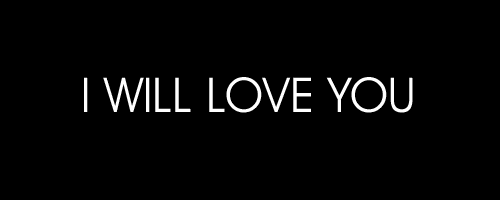
“I used to think I was the strangest person in the world but then I thought, there are so many people in the world, there must be someone just like me who feels bizarre and flawed in the same ways I do. I would imagine her, and imagine that she must be out there thinking of me too. Well, I hope that if you are out there and read this and know that, yes, it’s true I’m here, and I’m just as strange as you.”
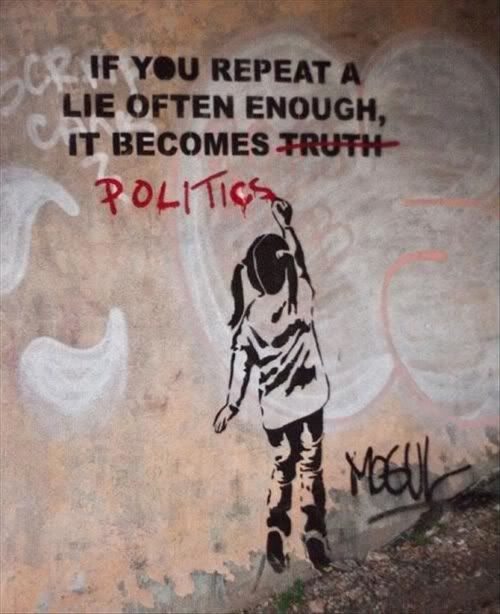

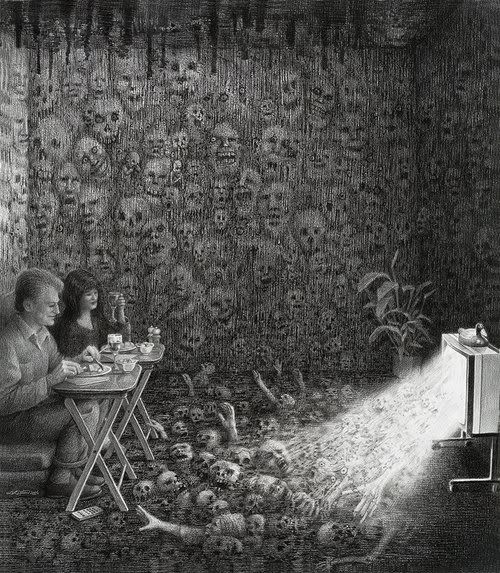


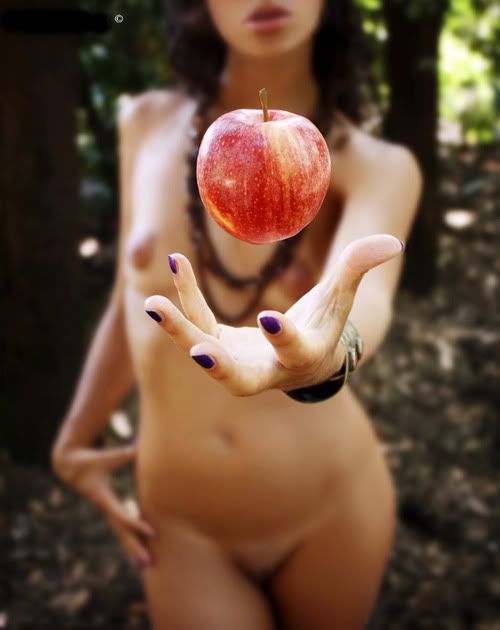
-
(Source: hatersmakemeefamous.tumblr.com)
"I drank to drown my pain, but the damned pain learned how to swim, and now I am overwhelmed by this decent and good behavior." -Frida Kahlo
http://iveneverseenawolfcry.tumblr.com/post/1365055714/this-is-the-man-i-am-going-to-marry-this-is-nick

“I used to think I was the strangest person in the world but then I thought, there are so many people in the world, there must be someone just like me who feels bizarre and flawed in the same ways I do. I would imagine her, and imagine that she must be out there thinking of me too. Well, I hope that if you are out there and read this and know that, yes, it’s true I’m here, and I’m just as strange as you.”






-
(Source: hatersmakemeefamous.tumblr.com)
"I drank to drown my pain, but the damned pain learned how to swim, and now I am overwhelmed by this decent and good behavior." -Frida Kahlo
Wednesday, October 20, 2010
Monday, October 18, 2010
horny motherfucker
on my mind, I gotta wash my brain out ;)
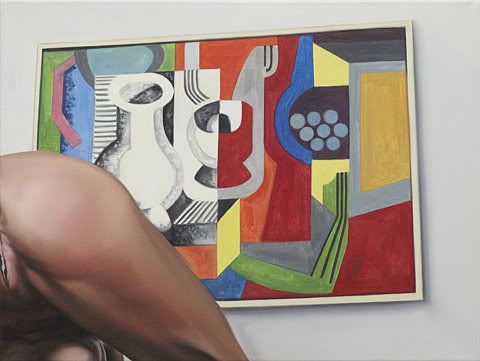
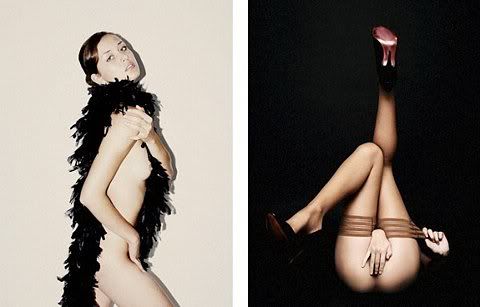
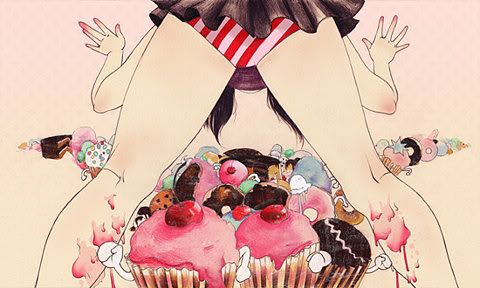
how bout we don't and say that we did. I'll keep these for myself. Oh someone pretty to jack off to. hehe
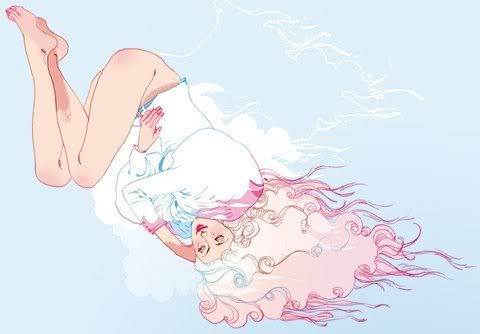
go to class. eat. go to class. eat. do homework. go to class. eat again. smoke a joint to rest. smoke a joint to create on paper. take a shower. do homework until I pass out and then repeat.
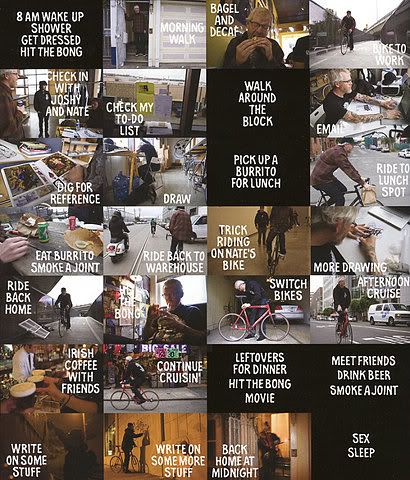




how bout we don't and say that we did. I'll keep these for myself. Oh someone pretty to jack off to. hehe

go to class. eat. go to class. eat. do homework. go to class. eat again. smoke a joint to rest. smoke a joint to create on paper. take a shower. do homework until I pass out and then repeat.


Tuesday, October 12, 2010
I know you are distant, love. For good reason,
times like these make your shoulders weak and your knees knock.
Unsure of what life could bring with me, perhaps?
I've been so down before,
down into a self-hating well where I germinated and was stunted.
That was then and this is now. And I've crawled out.
10 minutes ago · Comment · Like
My roots are growing into soil below; my ancestors nourishing me.
My limps are reaching for the sun and the moon.
You should have no worries now because I seek the light.
Grow, green leaves. Grow high, stem of mine. Grow bright and pigmented, red red petals.
Grow, grow, grow toward the sky.
Join me, love of mine.
11 minutes ago · Like
times like these make your shoulders weak and your knees knock.
Unsure of what life could bring with me, perhaps?
I've been so down before,
down into a self-hating well where I germinated and was stunted.
That was then and this is now. And I've crawled out.
10 minutes ago · Comment · Like
My roots are growing into soil below; my ancestors nourishing me.
My limps are reaching for the sun and the moon.
You should have no worries now because I seek the light.
Grow, green leaves. Grow high, stem of mine. Grow bright and pigmented, red red petals.
Grow, grow, grow toward the sky.
Join me, love of mine.
11 minutes ago · Like
Thursday, October 7, 2010
Little Reminders of how to be good to myself

1. shower, love my body; soap up and wash every part of my body. Treasure it. Clean it. My toes to the top of my head. Even if I'm sad or tired or angry when I wake up.
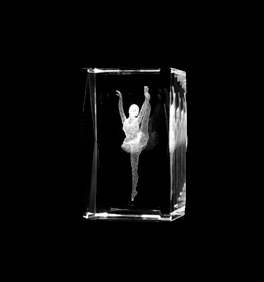
2. Eat regularly. Fruit nuts granola oats and lots of orange juice [breakfest] salad, rice and beans con jalapenos y queso y crema con tortillas y un vaso de agua[lunch] whatever's in the cafeteria [dinner]. Even if I'm sad or tired or angry when I wake up and I don't want to do anything. Still eat.
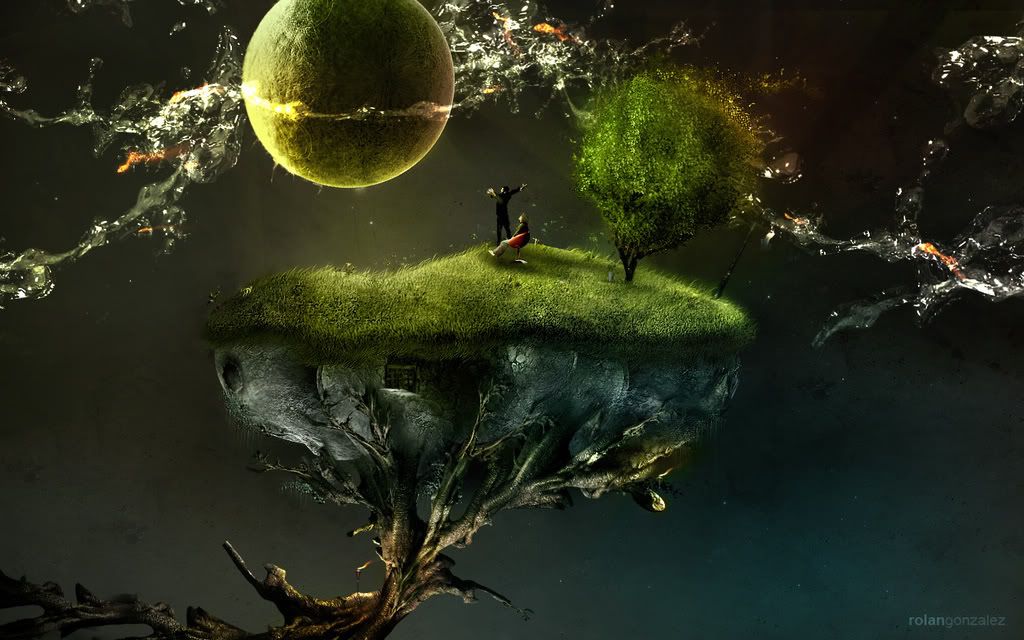
3.walk everywhere. take public transit. write while on the bus. observe your surroundings. listen to the sounds that everything makes. Draw [even if you think you suck] Do this even if you woke up feeling sad or tired or angry.
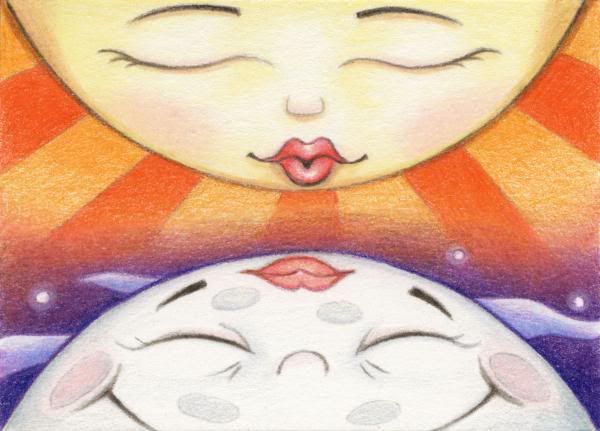
4. Hug the people around you. Love them. tell them in kind words. Always appreciate someone's presence. Share wisdom with each other. Change your language from negative to positive. "no" "dont" "wont" "wouldnt" couldnt" "cant" "havent".
Ex: I'm going to be late for the bus.
The bus will get there when I get there.
We manifest our own realities.
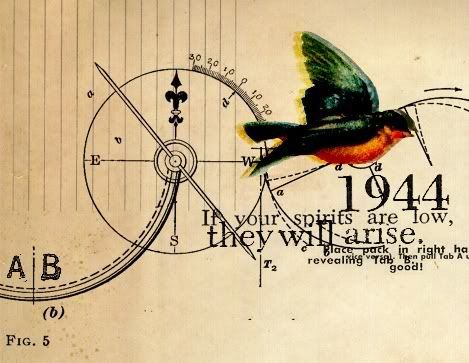
5. Smile big for me. Look at yourself in the mirror and smile. Even if you are sad or tired or angry. Do this everyday. Leave me a note saying "Beauty Tips by Audrey Hepburn
For attractive lips, Speak words of kindness.
For lovely eyes, Seek out the good in people.
For a slim figure, Share your food with the hungry.
For beautiful hair, Let a child run his or her fingers through it once a day.
For poise, Walk with the knowledge you'll never walk alone.
People, even more than things, have to be restored, renewed, revived, reclaimed and redeemed; Never throw out anybody.
Remember, if you ever need a helping hand, you'll find one at the end of your arm.
As you grow older you will discover that you have two hands; one for helping yourself, the other for helping others.
The beauty of a woman is not in the clothes she wears,
the figure that she carries,
or the way she combs her hair.
The beauty of a woman must be seen from in her eyes,
because that is the doorway to her heart, the place where love resides.
The beauty of a woman is not in a facial mole,
but true beauty in a Woman is reflected in her soul.
It is the caring that she lovingly gives,
the passion that she knows.
And the beauty of a woman,
with passing years only grows!" on the mirror.
Make my bed, get my school stuff ready for the day, listen to the teacher, ask questions, learn; enjoy it.
When you grow tired and pressured and stress, find a park, find a tree, find a bench next to a tree by the sidewalk and sit. Watch your surroundings. Just watch. Don't let your mind take you away. Listen to the trees, to the wind [if there is any] listen to the people, don't get taken away by your thoughts. Just observe your surroundings. Then take energy from the earth and from the sky, envision your energy like a circuit. Breathe and continue your day.
words and music by Marta Gomez. 2002 Based on a traditional Colombian song for children.
watch this video with your kids.
A la rueda, rueda de pan y canela
Dame un besito, vete pa'la escuela
Que juegue a la ronda el sol y la tierra
A la rueda ruedita tierra de piedra
Dame un besito sol de madera.
CORO:
A la rueda rueda luz
de pan y canela viento
a la rueda rueda mar
de pan y canela aire
a ver si se acaban to'los problemas
jugando a la ronda pan y canela
Arre caballito hecho de madera
no andes tan despacio al subir la cuesta
que juegue a la ronda el mar y la arena
arre mi caballito arena de piedra
no andes tan despacio mar de madera
A la rueda rueda sol
de pan y canela lluvia
a la rueda rueda sal
de pan y canela cielo.
A ver si se acaban to'los problemas
jugando a la ronda pan y canela
A la rueda rueda luz
de pan y canela agua
a la rueda rueda paz
de pan y canela guerra
a ver si se acaban to'los problemas
jugando a la ronda pan y canela
.a ver si se acaban to'los problemas
jugando a la ronda pan y canela.
a ver si se acaban to'los problemas
jugando a la ronda pan y canela.
the interpretation
This loses a lot of context of the words. But it's a nice basic interperation of this song.
La Ronda
Let's play as children do
give me a kiss and go to school
let's also invite the sun and the earth
the light and the wind
and let's see if then the problems will end.
Let's pretend we're riding horsies
mine will be the sea and yours will be the sand
let's just go faster and faster as fast as they can
let's also invite the moon and the sun
the peace and the war
and we will see then that all the problems will end.
A la rueda, rueda de pan y canela
Dame un besito, vete pa'la escuela
Que juegue a la ronda el sol y la tierra
A la rueda ruedita tierra de piedra
Dame un besito sol de madera.
CORO:
A la rueda rueda luz
de pan y canela viento
a la rueda rueda mar
de pan y canela aire
a ver si se acaban to'los problemas
jugando a la ronda pan y canela
Arre caballito hecho de madera
no andes tan despacio al subir la cuesta
que juegue a la ronda el mar y la arena
arre mi caballito arena de piedra
no andes tan despacio mar de madera
A la rueda rueda sol
de pan y canela lluvia
a la rueda rueda sal
de pan y canela cielo.
A ver si se acaban to'los problemas
jugando a la ronda pan y canela
A la rueda rueda luz
de pan y canela agua
a la rueda rueda paz
de pan y canela guerra
a ver si se acaban to'los problemas
jugando a la ronda pan y canela
.a ver si se acaban to'los problemas
jugando a la ronda pan y canela.
a ver si se acaban to'los problemas
jugando a la ronda pan y canela.
the interpretation
This loses a lot of context of the words. But it's a nice basic interperation of this song.
La Ronda
Let's play as children do
give me a kiss and go to school
let's also invite the sun and the earth
the light and the wind
and let's see if then the problems will end.
Let's pretend we're riding horsies
mine will be the sea and yours will be the sand
let's just go faster and faster as fast as they can
let's also invite the moon and the sun
the peace and the war
and we will see then that all the problems will end.
Tuesday, October 5, 2010
This paper that has caused me so much anxiety is finally complete. Fuck you midterms!!!! Gimmi an A PLUS!
Rose Arellano
Bula Maddison
Introduction to Literary Studies
October 6, 2010
The Repression of the Creative Impulse in “The Yellow Wallpaper”
A writer, as an artist, paints the picture for the reader with words. They often touch upon subjects that are mysterious while creating great tales of fantasy and taboo. Writers often times write exaggerated depictions of reality and thus are labeled as crazy. In retrospect, Charlotte Perkins Gilman proposes an intriguing question about this; do the minds and hearts of artists inherently possess a strange quality that can be described as mad, or are artists driven to madness as a result of their conformity to societal pressures? “The Yellow Wallpaper” is a short story that takes place in the nineteenth century about a writer who is driven to madness by animate and inanimate factors in her external environment; her husband's extreme behavior, the wallpaper in the isolation room and the pressure to hide her creative expression.
One of the animate factors in her external environment that drove the narrator mad as a hatter was her husband’s extremely controlling behavior. Although, the husband treats her well she remains an unequal amongst him and society. “He is very careful and loving, and hardly lets me stir with special direction” (514). He sees her as a child who needs to be monitored and watched over. She doesn’t get to direct herself in any way. She has no opinion in how to live her life. She has to be obedient to her husband as a child to her father. The narrator needs to ask her husband permission to sleep in another room (514). She needs to ask permission to see her friends (516). He can shape her in any direction he wants. His kindness is there to make her feel guilty and therefore justifying his controlling behavior over her. This was the social norm in the nineteenth century. Feeling the pressure of her husband’s extreme behavior, she restricted herself from being openly expressive with her writing resulting in her symptoms of mental illness becoming worse. The physical state follows the emotional state. She is opposed to her husband’s controlling behavior and believes that if she could “write a little, it would relieve the press of ideas and rest” her (515). She feels the desire to express herself through a creative outlet. She suppresses her desire to write, hence she becomes sicker. Her symptoms worsen, yet again! Her perception of reality becomes more warped. The narrator struggles against the oppressive nature of her husband’s behavior.
One of the inanimate factors in her external environment that drove the narrator bonkers was the wallpaper in the isolation room. The narrator becomes obsessed with the withering wallpaper because of its “sprawling flamboyant patterns committing every artistic sin” (514). The wallpaper can commit sins that she cannot. It can have patterns within patterns. The wallpaper can create images within its patterns. The wallpaper can have compositions and color and expression! She cannot commit the sins that the wallpaper can. The pressure builds and the creative impulse continues to linger inside her. Her state of mind becomes questionable; “This paper looks at me as if it knew what a vicious influence it had! There is a recurrent spot where the pattern lolls like a broken neck and two bulbous eyes stare at you upside down” (516). The wallpaper is an inanimate object in reality but her perception has been contorted. The wallpaper is personified and taunts her with its expressiveness. The images become animated delusions hence the symptoms of madness.
I don’t sleep much at night, for it is so interesting to watch developments…It is the strangest yellow, that wallpaper! It makes me think of all the yellow things I ever saw—not beautiful ones like buttercups, but old foul, bad yellow things. But there is something else about that paper—the smell! I noticed it the moment we came into the room, but with so much air and sun it was not bad. Now we have had a week of fog and rain, and whether the windows are open or not, the smell is here…In this damp weather it is awful I wake up in the night and find it hanging over me.
It used to disturb me at first. I thought seriously of burning the house –to reach the smell.
But now I am used to it. The only thing I can think of that it is like is the color of paper! A yellow smell; (521).
This passage is describing in great detail what the wallpaper smells like. Indirectly, she is telling us about her mental condition. Her perception of reality has changed and these are the first glimpses of her madness here in this metaphor of the wallpaper. It represents oppression, her husband’s restrictions due to the society of that time period. The wallpaper is also symbolic as a physical representation of the narrator and her mental condition. She begins to see more within the pattern, the more time she spends without expressing herself creatively. The more she begins to relate to the wallpaper, the more her reality is deformed, and then the crazier she becomes. The narrator increasingly becomes more desperate to free herself from these circumstances. She has spent most of her time alone, sleeping during the day and then obsessing over the wallpaper at night. Her symptoms continue to magnify; her delusions becoming increasingly worse. She begins to distrust everyone around her, convinced that they are plotting against her and her wallpaper. She has grown extremely possessive of it and is “determined that nobody” (520) find the woman hidden within its pattern. The wallpaper then becomes more corporeal to her, evolving into a “bad yellow” (521) smell that “gets into [her] hair” (521) and “creeps all over the house” (521). She seriously contemplates “burning [down] the house” (521). For these reasons, it is evident that her condition is become drastically severe. Her mental health steadily declines as the wallpaper continues to deteriorate representing their relationship to each other. It is the correlation between the state of the wallpaper and the state of the narrator’s mind.
The last of the inanimate factors in her external environment that left the narrator with bats in the belfry was the pressure to hide her creative expression. She was constantly hiding her writing from her husband and his sister; “There here comes John, and I must put this away,--he hates to have me write a word” (515). During this time period, women were discouraged from thinking for themselves and restricted from expressing themselves. The social norm was that the man made all the decisions. It was believed that women needed to practice “will and good sense to check that tendency” (515). The narrator refuses to give up her creative impulse; “I did write for a while in spite of them: but it does exhaust me a good deal—having to be so sly about it, or else meet heavy opposition” (513). The woman was going against the social norm and her husband’s will for her to rest and control her. This pressure adds to the already overwhelming number of symptoms of a mental illness consequently leading to her inevitable doom and complete mental breakdown.
Artists are driven to madness as a result of their conformity to societal pressures. Art is in the soul and the desire to create it is in the heart and mind. To deprive a human of this creates chaos and madness. The mind and the heart of an artist needs to express openly to live happily and mentally sound. “Happiness equals reality minus expectations” Tom Magliozzi.
Work Cited
Gilman, Charlotte Perkins. “The Yellow Wallpaper.” The Norton Introduction to Literature. Ed.
Alison Booth, J. Paul Hunter, Kelly J. Mays. 9th ed. New York: Norton, 2006.
Bula Maddison
Introduction to Literary Studies
October 6, 2010
The Repression of the Creative Impulse in “The Yellow Wallpaper”
A writer, as an artist, paints the picture for the reader with words. They often touch upon subjects that are mysterious while creating great tales of fantasy and taboo. Writers often times write exaggerated depictions of reality and thus are labeled as crazy. In retrospect, Charlotte Perkins Gilman proposes an intriguing question about this; do the minds and hearts of artists inherently possess a strange quality that can be described as mad, or are artists driven to madness as a result of their conformity to societal pressures? “The Yellow Wallpaper” is a short story that takes place in the nineteenth century about a writer who is driven to madness by animate and inanimate factors in her external environment; her husband's extreme behavior, the wallpaper in the isolation room and the pressure to hide her creative expression.
One of the animate factors in her external environment that drove the narrator mad as a hatter was her husband’s extremely controlling behavior. Although, the husband treats her well she remains an unequal amongst him and society. “He is very careful and loving, and hardly lets me stir with special direction” (514). He sees her as a child who needs to be monitored and watched over. She doesn’t get to direct herself in any way. She has no opinion in how to live her life. She has to be obedient to her husband as a child to her father. The narrator needs to ask her husband permission to sleep in another room (514). She needs to ask permission to see her friends (516). He can shape her in any direction he wants. His kindness is there to make her feel guilty and therefore justifying his controlling behavior over her. This was the social norm in the nineteenth century. Feeling the pressure of her husband’s extreme behavior, she restricted herself from being openly expressive with her writing resulting in her symptoms of mental illness becoming worse. The physical state follows the emotional state. She is opposed to her husband’s controlling behavior and believes that if she could “write a little, it would relieve the press of ideas and rest” her (515). She feels the desire to express herself through a creative outlet. She suppresses her desire to write, hence she becomes sicker. Her symptoms worsen, yet again! Her perception of reality becomes more warped. The narrator struggles against the oppressive nature of her husband’s behavior.
One of the inanimate factors in her external environment that drove the narrator bonkers was the wallpaper in the isolation room. The narrator becomes obsessed with the withering wallpaper because of its “sprawling flamboyant patterns committing every artistic sin” (514). The wallpaper can commit sins that she cannot. It can have patterns within patterns. The wallpaper can create images within its patterns. The wallpaper can have compositions and color and expression! She cannot commit the sins that the wallpaper can. The pressure builds and the creative impulse continues to linger inside her. Her state of mind becomes questionable; “This paper looks at me as if it knew what a vicious influence it had! There is a recurrent spot where the pattern lolls like a broken neck and two bulbous eyes stare at you upside down” (516). The wallpaper is an inanimate object in reality but her perception has been contorted. The wallpaper is personified and taunts her with its expressiveness. The images become animated delusions hence the symptoms of madness.
I don’t sleep much at night, for it is so interesting to watch developments…It is the strangest yellow, that wallpaper! It makes me think of all the yellow things I ever saw—not beautiful ones like buttercups, but old foul, bad yellow things. But there is something else about that paper—the smell! I noticed it the moment we came into the room, but with so much air and sun it was not bad. Now we have had a week of fog and rain, and whether the windows are open or not, the smell is here…In this damp weather it is awful I wake up in the night and find it hanging over me.
It used to disturb me at first. I thought seriously of burning the house –to reach the smell.
But now I am used to it. The only thing I can think of that it is like is the color of paper! A yellow smell; (521).
This passage is describing in great detail what the wallpaper smells like. Indirectly, she is telling us about her mental condition. Her perception of reality has changed and these are the first glimpses of her madness here in this metaphor of the wallpaper. It represents oppression, her husband’s restrictions due to the society of that time period. The wallpaper is also symbolic as a physical representation of the narrator and her mental condition. She begins to see more within the pattern, the more time she spends without expressing herself creatively. The more she begins to relate to the wallpaper, the more her reality is deformed, and then the crazier she becomes. The narrator increasingly becomes more desperate to free herself from these circumstances. She has spent most of her time alone, sleeping during the day and then obsessing over the wallpaper at night. Her symptoms continue to magnify; her delusions becoming increasingly worse. She begins to distrust everyone around her, convinced that they are plotting against her and her wallpaper. She has grown extremely possessive of it and is “determined that nobody” (520) find the woman hidden within its pattern. The wallpaper then becomes more corporeal to her, evolving into a “bad yellow” (521) smell that “gets into [her] hair” (521) and “creeps all over the house” (521). She seriously contemplates “burning [down] the house” (521). For these reasons, it is evident that her condition is become drastically severe. Her mental health steadily declines as the wallpaper continues to deteriorate representing their relationship to each other. It is the correlation between the state of the wallpaper and the state of the narrator’s mind.
The last of the inanimate factors in her external environment that left the narrator with bats in the belfry was the pressure to hide her creative expression. She was constantly hiding her writing from her husband and his sister; “There here comes John, and I must put this away,--he hates to have me write a word” (515). During this time period, women were discouraged from thinking for themselves and restricted from expressing themselves. The social norm was that the man made all the decisions. It was believed that women needed to practice “will and good sense to check that tendency” (515). The narrator refuses to give up her creative impulse; “I did write for a while in spite of them: but it does exhaust me a good deal—having to be so sly about it, or else meet heavy opposition” (513). The woman was going against the social norm and her husband’s will for her to rest and control her. This pressure adds to the already overwhelming number of symptoms of a mental illness consequently leading to her inevitable doom and complete mental breakdown.
Artists are driven to madness as a result of their conformity to societal pressures. Art is in the soul and the desire to create it is in the heart and mind. To deprive a human of this creates chaos and madness. The mind and the heart of an artist needs to express openly to live happily and mentally sound. “Happiness equals reality minus expectations” Tom Magliozzi.
Work Cited
Gilman, Charlotte Perkins. “The Yellow Wallpaper.” The Norton Introduction to Literature. Ed.
Alison Booth, J. Paul Hunter, Kelly J. Mays. 9th ed. New York: Norton, 2006.
Monday, October 4, 2010
my eyez are foggy
passive aggression shake me tenderly
dry eyez no more, now they flood freely.
Honeymoon's over.
dry eyez no more, now they flood freely.
Honeymoon's over.
Sunday, October 3, 2010
a message to my future kitty-child
Saturday, October 2, 2010
She packed all of my clothes so then I wrote:
you will not make me move
i will sit here behind this locked door
you will not touch me or talk to me.
i refuse your presence.
here i am safe to cry without your judgment,
i feel like half-full of water in my lungs.
gasping like a fish over land.
I wont move from here.
I'm stubborn I'm wicked
I won't do anything
but sit in this corner behind this locked door
smoking this joint and waiting for you.
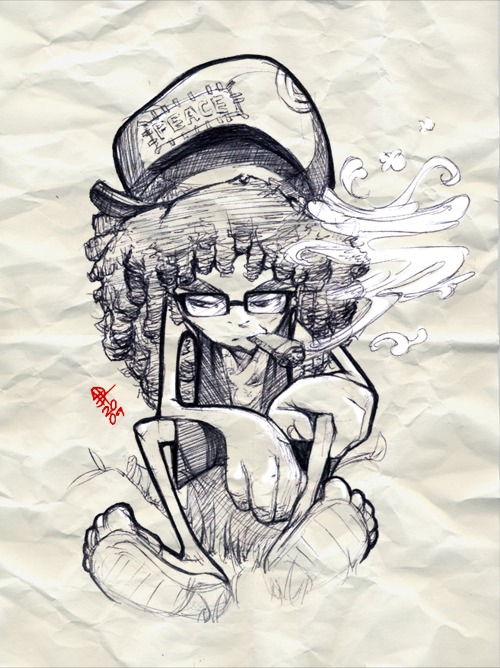
i will sit here behind this locked door
you will not touch me or talk to me.
i refuse your presence.
here i am safe to cry without your judgment,
i feel like half-full of water in my lungs.
gasping like a fish over land.
I wont move from here.
I'm stubborn I'm wicked
I won't do anything
but sit in this corner behind this locked door
smoking this joint and waiting for you.

Friday, October 1, 2010
Today I have made a decision
I will concentrate on my energies. We are made up of energy therefore
we are a circuit a cycle constantly circling.
I will get energy from the earth,
I will gather energy from the sky.
I will close my eyez through out the day and stand with the earth and the sky
and feel it cycle inside me, heal me,
give me energy to go about my day.

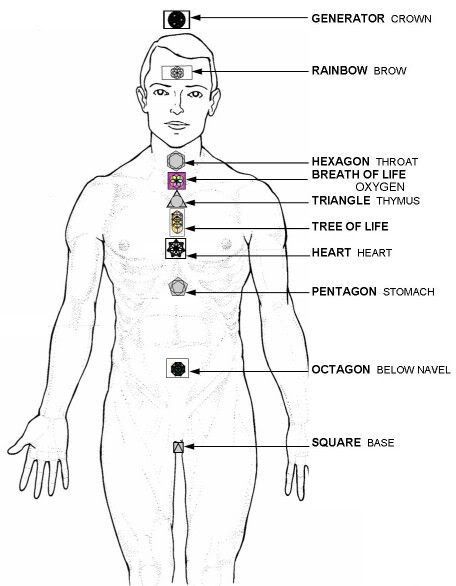
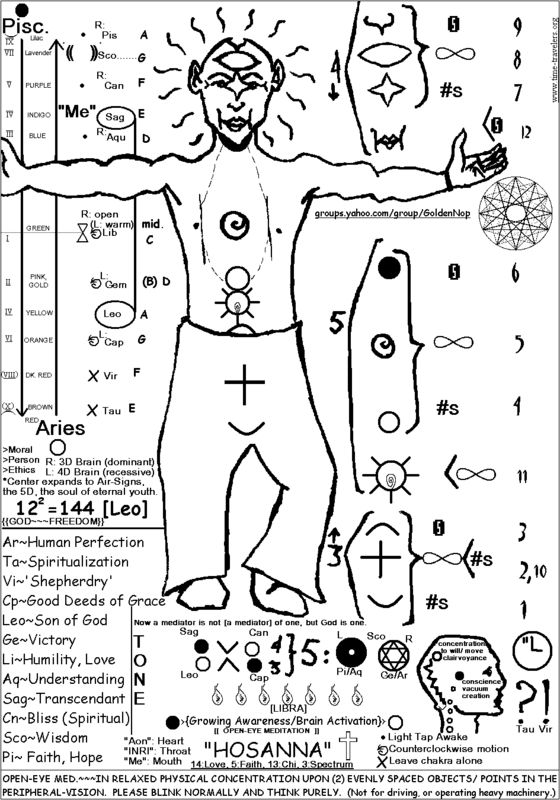
we are a circuit a cycle constantly circling.
I will get energy from the earth,
I will gather energy from the sky.
I will close my eyez through out the day and stand with the earth and the sky
and feel it cycle inside me, heal me,
give me energy to go about my day.



Subscribe to:
Comments (Atom)
Followers
Blog Archive
-
▼
2010
(209)
-
▼
October
(28)
- Tomboy from Barb Taylor on Vimeo.
- To Do List
- No title
- my susy
- Here is the historical content of the word "coon"F...
- No title
- The post that got me into drama
- No title
- Gosh, What a good idea!!! After this test, I ...
- No title
- The blueness of my hair means more than you know
- quotes from the people
- Partner in crime
- Split right down the middle; damned if I do and da...
- horny motherfucker
- I know you are distant, love. For good reason, tim...
- "I thought no head had been able to hold so much w...
- Little Reminders of how to be good to myself
- words and music by Marta Gomez. 2002 Based on a tr...
- This paper that has caused me so much anxiety is f...
- my eyez are foggy
- The windows and doors are flooding, water pouring ...
- a message to my future kitty-child
- and maybe after fearing this holy angel, i was the...
- No title
- She packed all of my clothes so then I wrote:
- I have memories in my fingerseach one dances benea...
- Today I have made a decision
-
▼
October
(28)
About Me
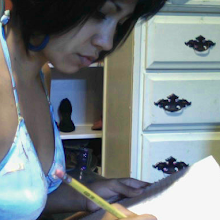
- Guerrilla Libre
- This is literally my internet notebook. My thoughts at the moment, the words that come straight from my brain to my fingertips tapping on the keyboard to you.
